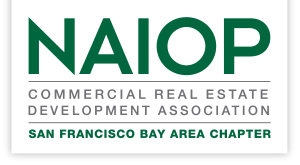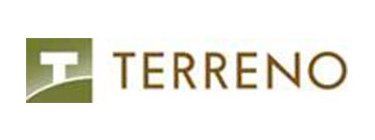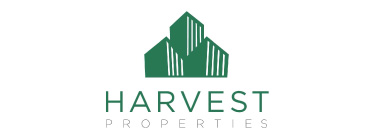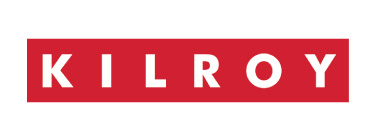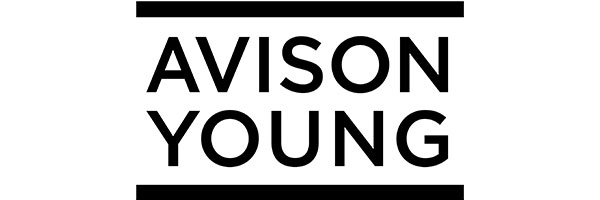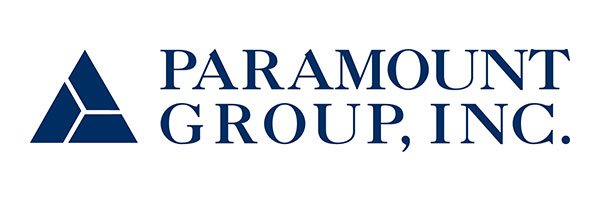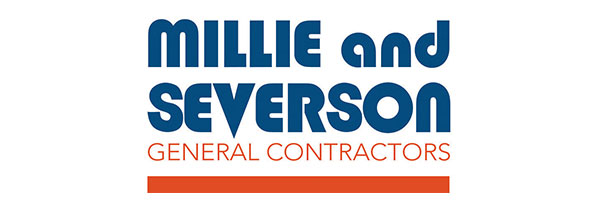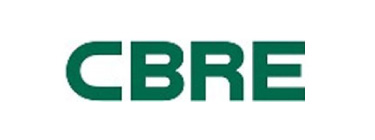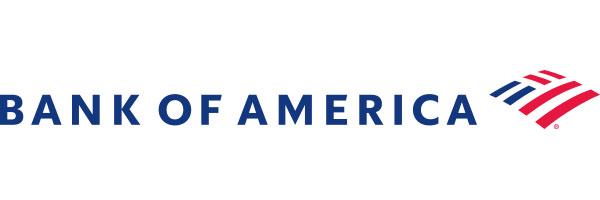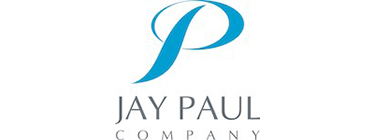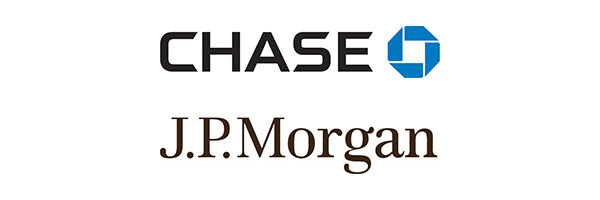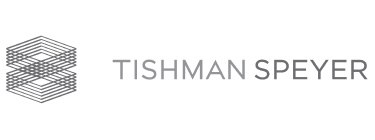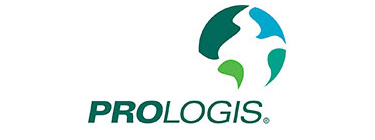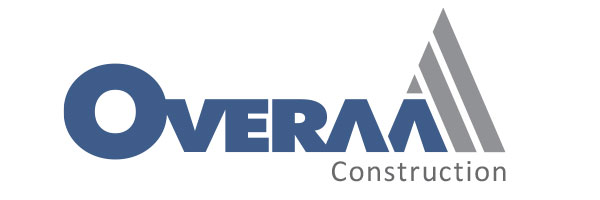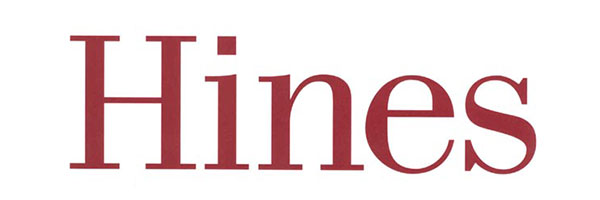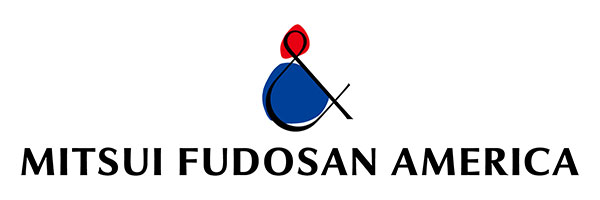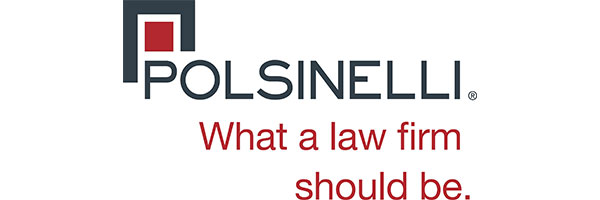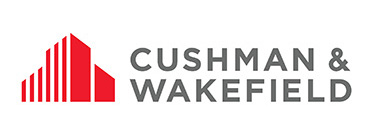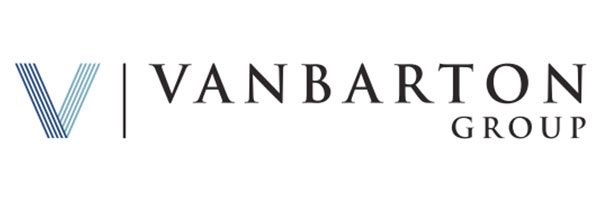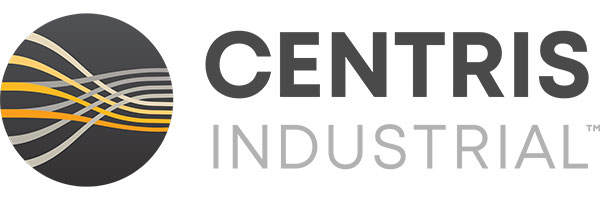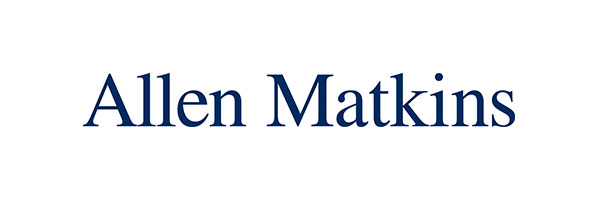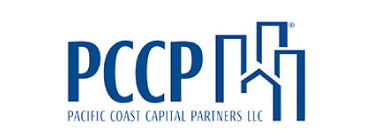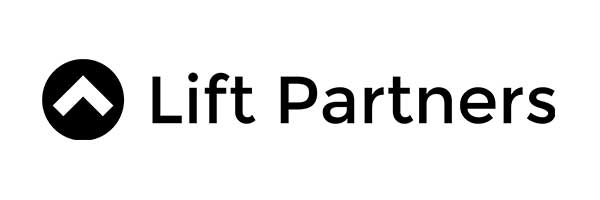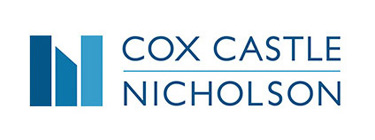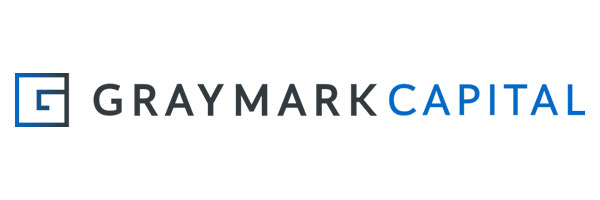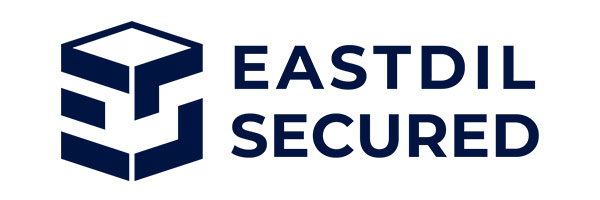NAIOP SFBA hosted its annual Spring Industrial breakfast on Wednesday, May 17th at UC Berkeley’s Cal Stadium Club. Darla Longo, Vice Chair, CBRE served as panelist and moderator. Joining her for an insider’s look at the market were John Stirek, President, Western Operations, Trammel Crow and Timur Tecimer, CEO, Overton Moore Properties. All three speakers shared specific deal points, which naturally remained in the room.
What You Missed:
To set the stage, Longo commented that this year started slowly and began to pick up in March. The volume of investment sales, the capital available to buy and ultimate user demand, all increased significantly. She said she believes we are on tract to keep the same pace of deal flow as last year.
Longo attributed the sluggish start of 2017 to the election and subsequent transition, the stock market’s initial downward trend and interest rates increasing. She reported that by March both the user and capital sides needed to get on with business and there was a renewed sense of optimism. Longo added that she is extremely bullish and thinks we are in the second inning of a double header.
Equity, Very Available
Stirek commented that Trammel Crow tries to do deals with multiple capital partners and consistently works with two program partners. He shared his overall observations:
- Equity is still very available
- Capital partners are looking to meet to their overall allocation
- Ecommerce revolution is making industrial the favorite product
- Institutional sponsorship side is still very competitive with multiple offers
Tecimer echoed Stirek’s sentiments and indicated that, as a small company, Overton Properties also does repeat business with two or three capital partners. He said he is confident that if they see a great opportunity they can find the capital. He added:
- It is harder to find institutional capital for smaller deals ($20-$25 million)
- Advisors want to put out $30 to $100 million
- They are doing some deals on their own with creative debt and preferred equity structures
Debt is Also Available
Stirek shared that the larger lenders have figured out that deals with quality sponsorship and and institutional partner with significant equity are really safe cycle to cycle investments. Additionally, he commented:
- Non-recourse debt is still available on industrial deals at plus or minus 60% loan to cost
- Three-year construction loan terms with two extensions helps them avoid running out of time
Tecimer added:
- Debt funds are starting to do construction loans on a non-recourse basis (which surprised him)
- Spreads have moved up a bit
Cap Rate Compression, NOI Growth and Rising Rents
Longo prefaced the discussion by sharing that since March of this year they have closed on deals that were sub four caps, high prices per square foot, with investors solving to sub six all cash IRRs. She asked the other panelists how this climate was impacting where they are looking and how they perceive investors are responding to the cap rates we are seeing?
Stirek shared that they have done a large number of the deals over the last two or three years where they assumed the exit cap would be over five with higher yields so when they have achieved a four cap it has seemed crazy. He commented further:
- It all comes down to the yield
- They are still looking for the best sites in the best sub markets with the highest absorptions and best fundamentals
- They look at rents on an untended basis and try to avoid trending them too far
- For industrial deals they still try to have a six in front of it (which is tough)
Longo added that she believes there will be huge NOI growth rather than continued cap rates compression. She indicated that rents have gone up 10-15% across the Western States and it is the first time we have seen real NOI growth.
She commented further:
- Rents are going up and will continue to go up as we pivot into ecommerce
- Warehouses are a smaller component of most retailers’ overall rents
Tecimer indicated that they focus on infill projects and are bullish on Northern California. He added:
- They look at rents on an untrended basis
- Rents are appreciating faster in No Cal than in So Cal
- Land costs are lower in No Cal at $38-39/sf vs $50/sf in So Cal
- Construction costs are higher in No Cal by 15-20%
- Thinks rents will climb easily to 80 cent rents along 880
- Higher rents will justify paying north of $40/sf for dirt
Stirek agreed and commented that in terms of infill product, industrial is the “new black”.
He commented:
- The expense component is in the land
- It is a function of how difficult it is to get entitlements
- The demand is there so the rents have to go up commensurately
- Prologis is marketing their Seattle deal at $1.42 (and rumored to have it leased)
Advanced Manufacturing
Tecimer shared that they are positioning some spec buildings in the Bay Area as “Advanced Manufacturing” and pointed to the deal they did in Newark and leased to a Tesla supplier. He added:
- The labor pool has to be very experienced in the surrounding area
- The buildings require more power, clear story glass and natural gas
- Cities like it
- They are trying to figure out how to super park the buildings
- They want to see tenants put money into TIs to avoid being their VC partners
Longo concurred about having to help shift the mindsets of cities. She thinks we are on the cusp of advanced manufacturing accelerating. She also stated:
- 30% of millennial are ordering through ecommerce
- Food is biggest ecommerce segment
- Once companies figure out logistics the market will explode
- In Asia and the Middle East they call it “Logistics” rather than Industrial
Building Trends
Tecimer started off the discussion stating that he believes for infill projects under 300,000 to 350,000 square feet developers can get away with 32 foot clear heights. He commented further:
- Market demands 36 foot clear in commodity markets
- Creating 180 to 200-foot truck courts are essential
- Building seven inch slabs now vs. six inches a few years ago
Stirek and Long disagreed with Tecimer about clear height. Stirek argued that:
- Less than 20% of the inventory is above 32 foot clear, but its 40% of the absorption due to the large ecommerce users
- It costs just little over one dollar a foot to go to 36-foot clear
- Institutional clients want 36 foot clear in their proformas
- Many ecommerce users actually want over 40 foot clear (tough to get through the City due to different fire safety and other issues)
Longo added that buy spending another buck to build higher clear heights developers could see 10-15 basis points in cap rate compression.
Autonomous Vehicles and Parking
Stirek expressed that connecting the last mile is the most exciting topic in the industrial space. He believes it is where technology will have the greatest impact and will create the most real estate activity. He added:
- Some clients are already wanting to scale down on parking
- Structured parking is the element that is getting most impacted
- Today’s parking structures may the perfect depots for last mile delivery
- High clear heights and better infrastructures to makes for more flexibly
Longo shared her thoughts:
- Companies are on the cusp of figuring out last mile logistics
- Laying the building out with the idea of re-purposing the parking is smart
- This is another reason why clear height is important
In Closing: Everyone Wants In On Ecommerce
Longo expressed that the reason she is so bullish and thinks we are in the second inning of a double header is because there is a new asset class called “Ecommerce” and everyone wants in on it. She shared that she sees:
- Significant number of new buyers in the market
- Calls from retail developers wanting to learn about industrial
- Surge of interest from foreign capital and private capital
